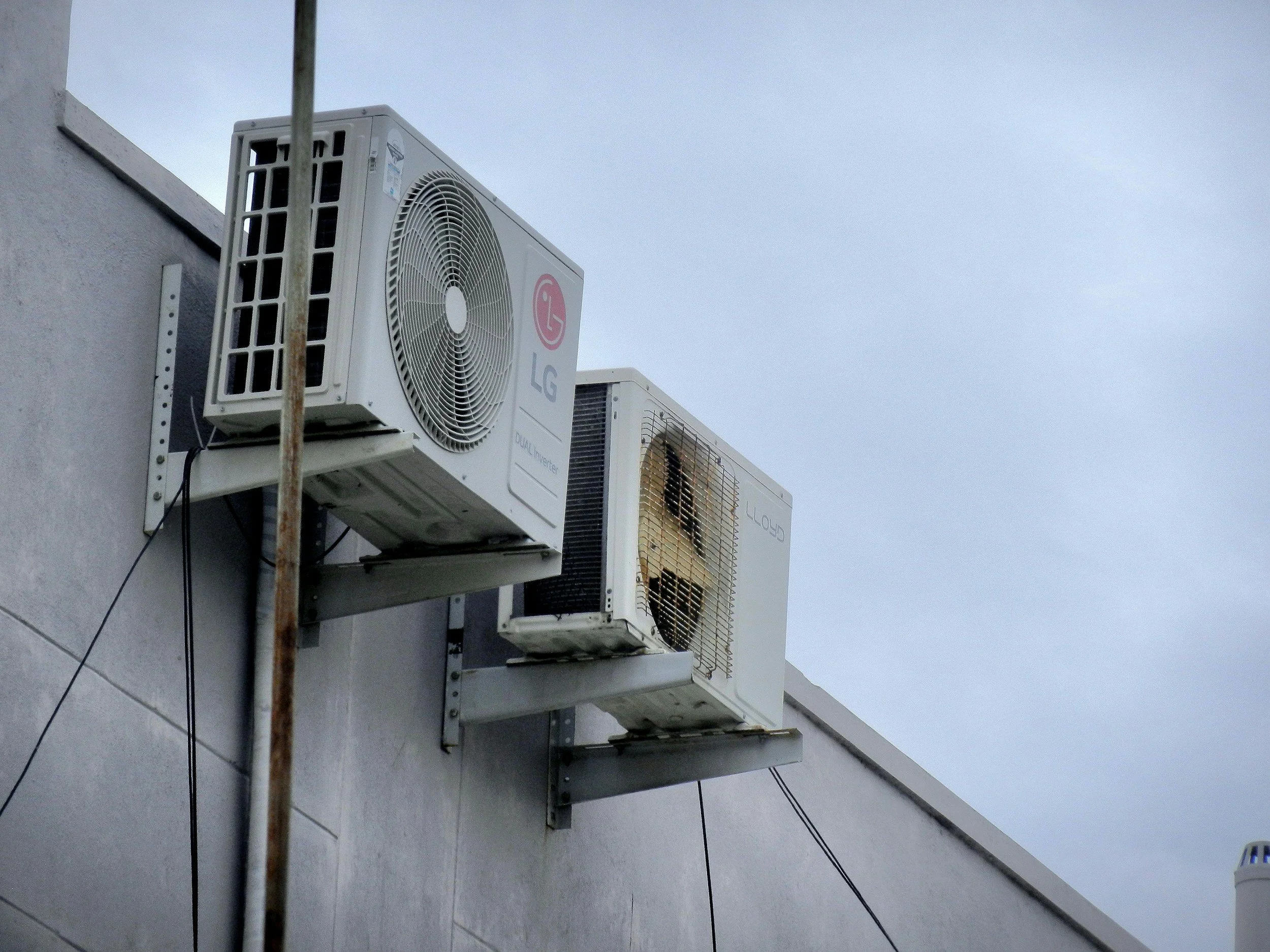9 Must-Know Tips for Implementing Confined Space Training Programs
By PAGE Editor
Working in confined spaces brings unique risks that must be carefully managed. From limited airflow to restricted movement, workers face various hazards. Implementing a confined space training program is essential to ensure safety and preparedness for these environments. In this article, you will learn the key strategies in order to build an effective training program, helping workers comply with safety regulations.
1. Identify Potential Hazards
Understanding the specific dangers of confined spaces is the foundation of a successful training program. Spaces such as tanks or tunnels often have poor ventilation and may contain harmful gasses, making it crucial to know the potential hazards before any work begins.
Also, identifying oxygen-deficient environments, toxic gasses, and areas with limited access or egress can prevent accidents. That’s why trainees should also be taught how to assess a space before entry, ensuring that proper precautions are in place to minimize hazards.
2. Develop a Comprehensive Training Plan
When designing the training, you should consider the specific conditions of the worksite to ensure relevance and effectiveness. Having a well-structured plan covers all essential aspects of confined space safety, such as:
Equipment usage
Emergency procedures
Hazard recognition
The plan should also be hands-on, encouraging active participation. Demonstrations of real-life scenarios will help engage the learners and make the lessons more memorable. So, using a training plan that focuses on real-world applications will improve understanding and retention of safety practices.
3. Ensure Proper Use of Equipment
Confined space work often requires specialized equipment, from air monitors to protective clothing. Right training on how to use these tools is essential. For instance, gas detectors need to be calibrated correctly, and workers should know how to interpret the data to identify risks.
In addition, equipment such as harnesses or lifelines must be inspected regularly to ensure functionality. Furthermore, teaching workers how to properly maintain and use safety gear will increase both efficiency and safety, reducing the likelihood of equipment failure.
4. Emphasize Communication Procedures
Communication is crucial in confined space training where visibility and movement are often restricted. Effective communication between workers who are inside the confined space and the team outside can prevent misunderstandings and respond quickly to any problems.
Plus, training should cover both verbal and non-verbal communication methods. Workers need to be comfortable using radios or hand signals, and there must be clear protocols in place for reporting issues. As a result, communicating effectively can enhance safety, especially in emergencies.
5. Focus on Emergency Preparedness
Take note that the key part of the training program should involve teaching workers how to react swiftly if an incident occurs. This could involve a gas leak or medical emergency. Furthermore, simulating emergency situations during training will prepare workers for real-life scenarios.
Don’t forget that practice drills should be conducted regularly to ensure workers know how to exit a confined space quickly and safely. Remember, training for emergency response is not only about exiting a space but also about providing first aid or assisting a coworker if needed.
6. Teach Hazardous Atmosphere Testing
One of the most critical elements of confined space safety is ensuring that the atmosphere inside the space is safe for entry. Testing for oxygen levels and toxic substances must be done before any work begins and should continue throughout the work process. Moreover, understanding how to detect changes in the space and respond to hazardous readings will protect workers from unseen dangers.
7. Incorporate Practical Hands-On Training
Workers need hands-on practice to fully understand how to handle confined space challenges. In addition, practical exercises allow for skill development in a controlled environment, reducing the chance of errors during actual work. This only means that conducting practical sessions should cover the use of safety equipment and proper entry procedures to make workers prepared for performing space tasks.
8. Ensure Regular Refresher Courses
Keep in mind that skills and knowledge can fade, leading to unsafe practices. Doing regular refresher courses help to reinforce key safety practices and update workers on any new regulations or equipment changes. On top of that, frequent training sessions ensure that workers remain sharp and aware of the latest safety protocols. This way the safety of confined space operations can reduce the risk of accidents.
9. Create a Culture of Safety
Strong safety culture involves fostering an environment where safety is prioritized and workers are encouraged to take responsibility for it. While this may start with management, it must be embraced by all workers to be effective.
Safety programs should encourage open discussions about hazards, and workers must feel comfortable reporting concerns without fear of reprimand. With this culture of accountability, it ensures that confined space work is performed with the utmost caution and respect for the dangers involved.
Build Success with Comprehensive Confined Space Training!
By following these nine effective and essential key tips, confined space training programs are always effectively implemented, reducing risks and enhancing worker safety. What’s more is that the foundation of any successful training lies in thorough planning, practical hands-on exercises, and fostering a strong safety culture.
HOW DO YOU FEEL ABOUT FASHION?
COMMENT OR TAKE OUR PAGE READER SURVEY
Featured









Water management plays an essential role in maintaining the safety and stability of a home.